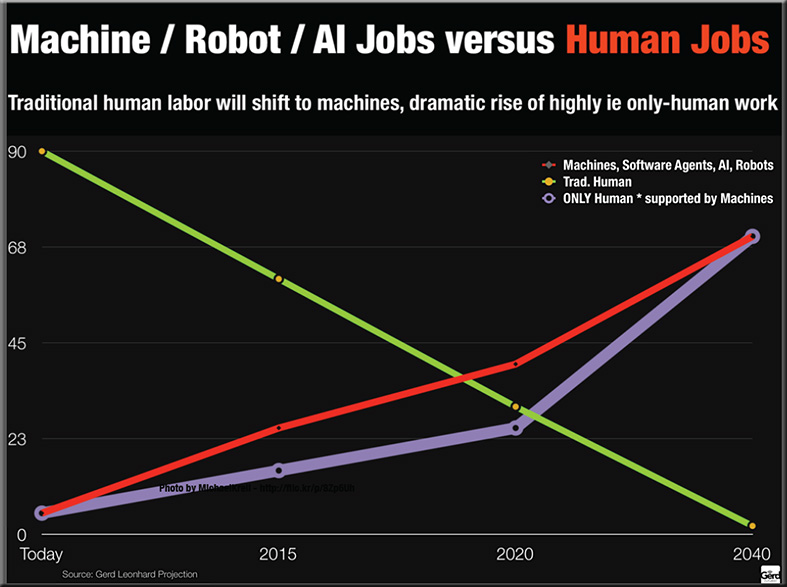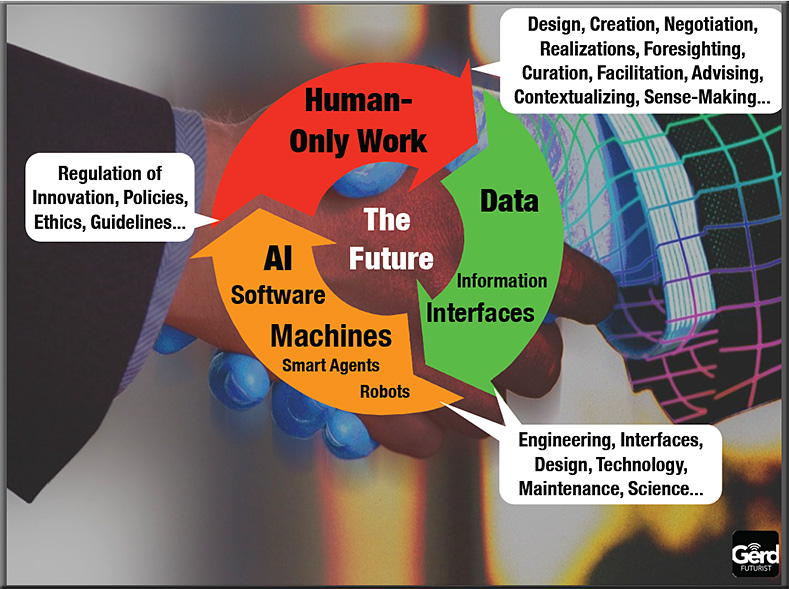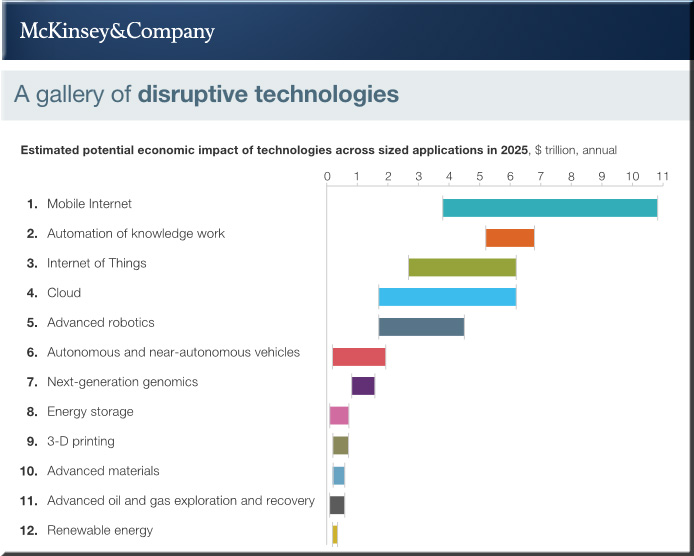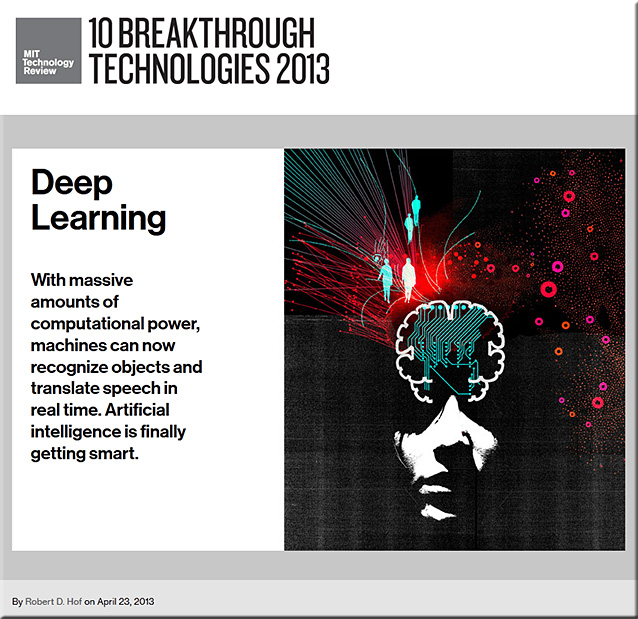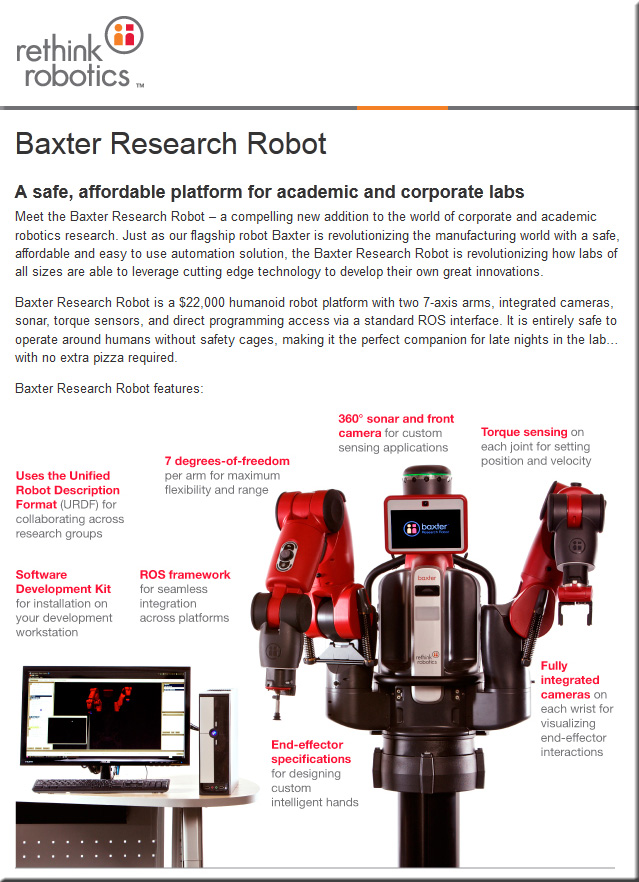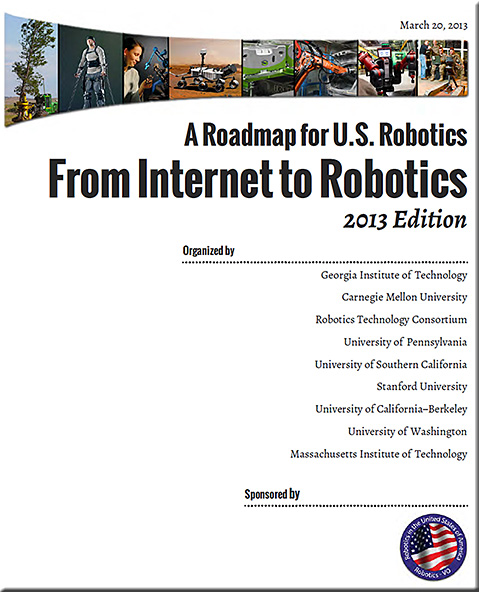Below are some items from Steve Knode’s May 2013 newsletter — with some of my reflections/comments
http://www.steveknode.com/newsletters | http://www.steveknode.com/news-items | https://twitter.com/sknode
Outlook 2031 — from wealthmanagement.ml.com by Scott Eden
Five trends are primed to shape the world economy profoundly in the decades to come
An older world | Income inequality | A greater demand for energy | A rising global middle class | Food and water security
Man vs. Machine: Are any jobs safe from innovation? — from Spiegel Online International by Thomas Schulz
.
.
Past warnings about how technological innovation threatens jobs have proved exaggerated.
Yet the digital revolution now has many scholars warning that this time things are different,
and that the breakneck speed of automation could wreak havoc on the global labor market.
.
Excerpts (emphasis DSC):
The digital revolution is destroying jobs faster than it is creating them.
…
The worldwide application of computer technology has become so much more cost-effective and efficient that people are no longer only replaceable in certain sectors — autoworkers on assembly lines, for instance — but in entire occupational areas. Cashiers are being replaced by self-service check-out lines, airline employees by self check-in kiosks, financial traders by algorithms and travel agencies by online travel sites.
This development has been apparent for roughly a decade. But, says McAfee: “You ain’t seen nothing yet. Looking ahead to what technology is going to do over the next five to 10 years, I’m really concerned.”
From DSC:
It is critical that we not only watch this trend extremely closely but that we begin making adjustments NOW to our educational systems/curricula based on the likely scenario that this trend will continue!!!
If not…consider our youth’s near-term situations:
They listen to many of the adults in their lives – parents, coaches, teachers, guidance counselors, professors, etc…
.
They work their tails off following all of the standards, curriculum, current ways of getting educated and “ahead”…
.
…and they jump through all of these hoops only to find out that they can’t gets jobs in several of those areas that they’ve been studying and working towards!
.
How might that impact their motivation? Careers? Their views of adults and establishments/institutions such as governments, schools, colleges/universities, etc.?
Will the pathways of standardized tests and being told “do this,” “don’t do that,” “do this,” prepare them to pivot in their careers? To reinvent themselves? To think creatively? (I doubt it.)
Then consider those displaced/replaced cashiers, financial traders, travel agents, autoworkers, etc. — it’s time to reinvent themselves. What’s the best way to do that — and fast!?!
Next-generation search: Software bots will anticipate your needs — from by Brian Proffitt
The rise of intelligent software agents that will not only anticipate the information you need, but also act on that information to help manage your life.
Related item:
Concert industry struggles with ‘bots’ that siphon off tickets
Miscellaneous thoughts from DSC:
- Are we seeing the beginnings of a nation as designed/created by STEM graduates? What if you aren’t interested in STEM-related fields — what then?
.
- Creativity is key — Daniel Pink’s “A Whole New Mind” and the work of Sir Ken Robinson come to mind
.
- We don’t want to be doing rote things — even white-collar work is being turned over to algorithms
.
- We need to know how to learn and where to go to dip into streams of content that are continually flowing by us
.
- It’s enormously helpful if we enjoy learning
.
- It’s critical that we are lifelong learners
.
- The % of our workforce that is freelancing is already at 30% + — and going to 40% by 2020 –> Are our students good at running their own businesses?










